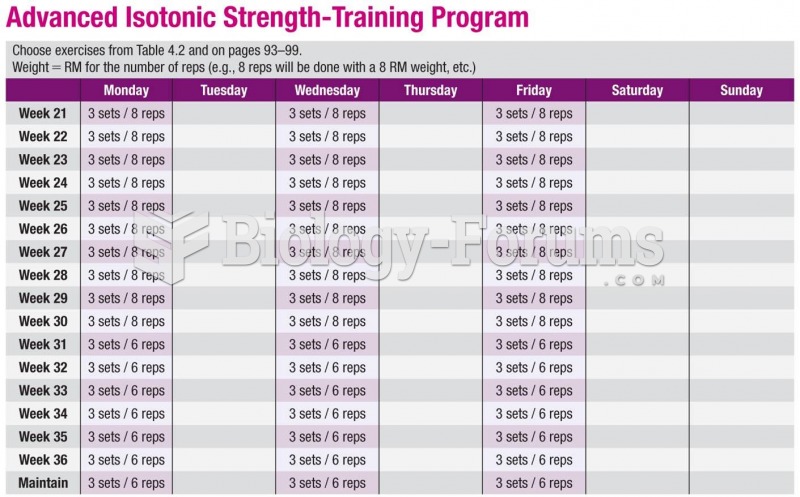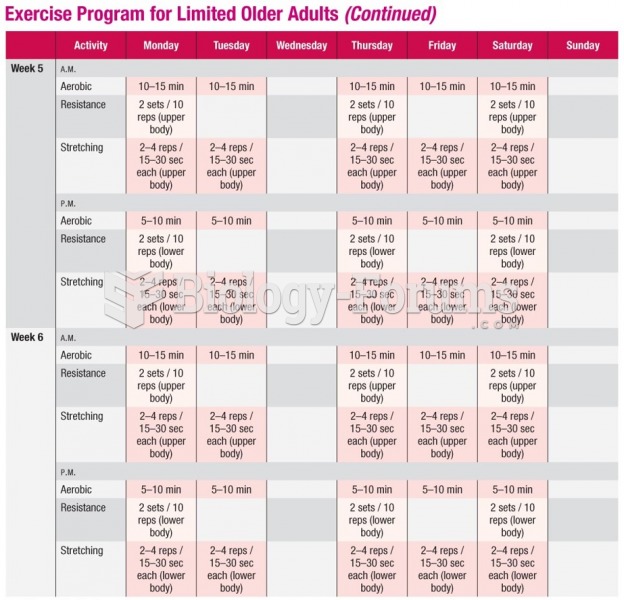Researchers would like to compare meditation and exercise to see which is more effective for reducing stress. One hundred people who suffer from high stress volunteer to participate in a study for ten weeks. Participants will either be given a 10-week course in meditation or will participate in a 10-week exercise program. The researchers must decide whether to randomly assign the volunteers to the two programs, or allow them to choose. Suppose participants are randomly assigned to the two programs and a psychologist measures their stress levels before and after the 10-week program, without being told who is in which program. This experiment would be
a. Single blind as long as the participants are not told the results of the stress level measurements.
b. Single blind because the psychologist doesn't know who is in which program, but the participants do know.
c. Double blind as long as the participants are not told the results of the stress level measurements.
d. Neither single nor double blind.
Question 2
Researchers would like to compare meditation and exercise to see which is more effective for reducing stress. One hundred people who suffer from high stress volunteer to participate in a study for ten weeks. Participants will either be given a 10-week course in meditation or will participate in a 10-week exercise program. The researchers must decide whether to randomly assign the volunteers to the two programs, or allow them to choose. Which of the following is an advantage of allowing participants to choose the program in which to participate?
a. Allowing them to choose will increase the ecological validity of the study because in the real world people choose their own programs.
b. Confounding variables, such as past practice of meditation, should be approximately equal for the two groups.
c. Allowing participants to choose will allow the results to be extended to the population of all adults.
d. If participants are allowed to choose then a cause and effect conclusion can be made.







